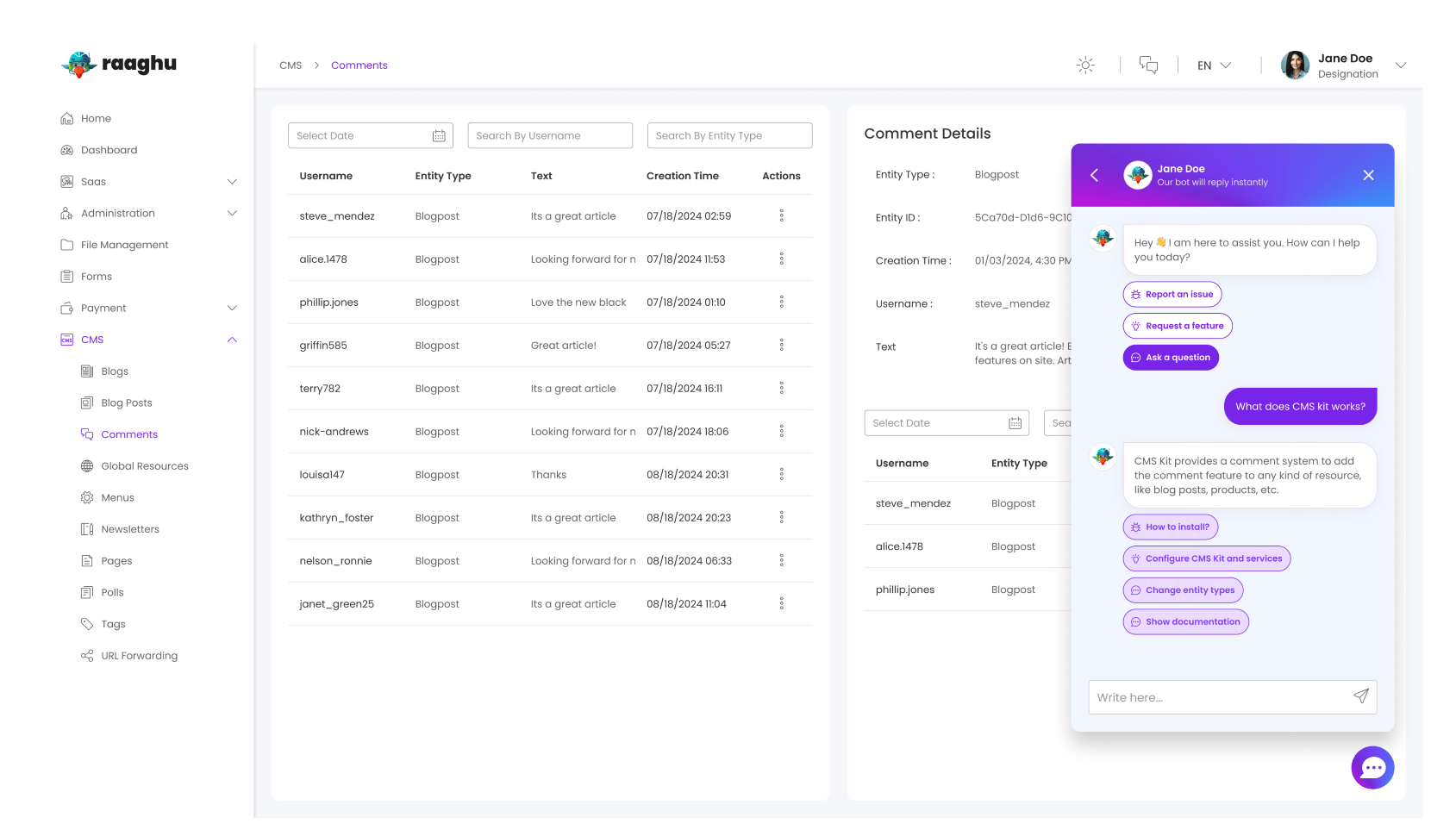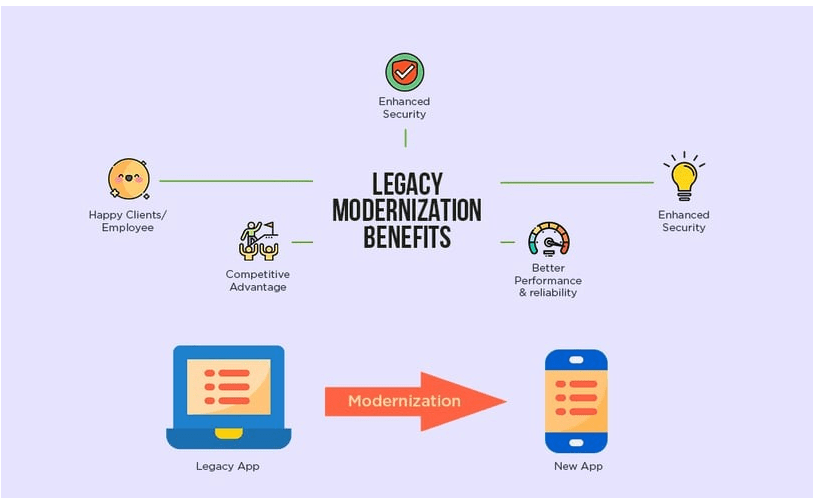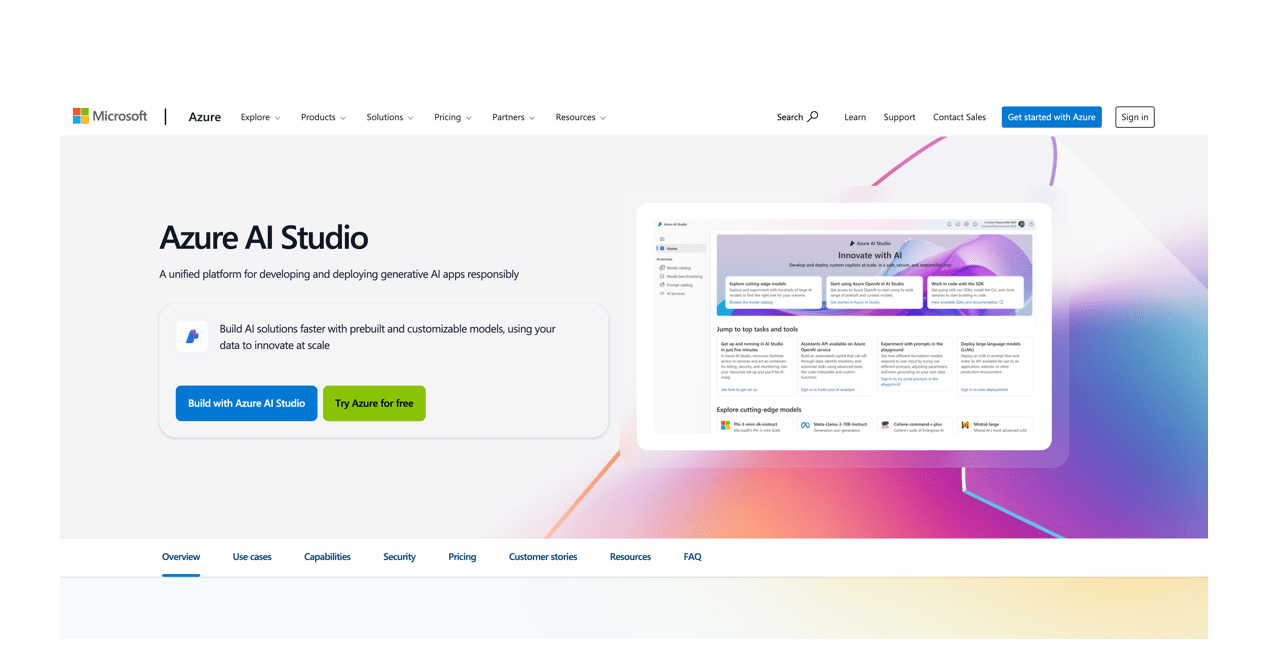AI-Assisted Design Thinking: Faster Prototyping Without Losing Empathy
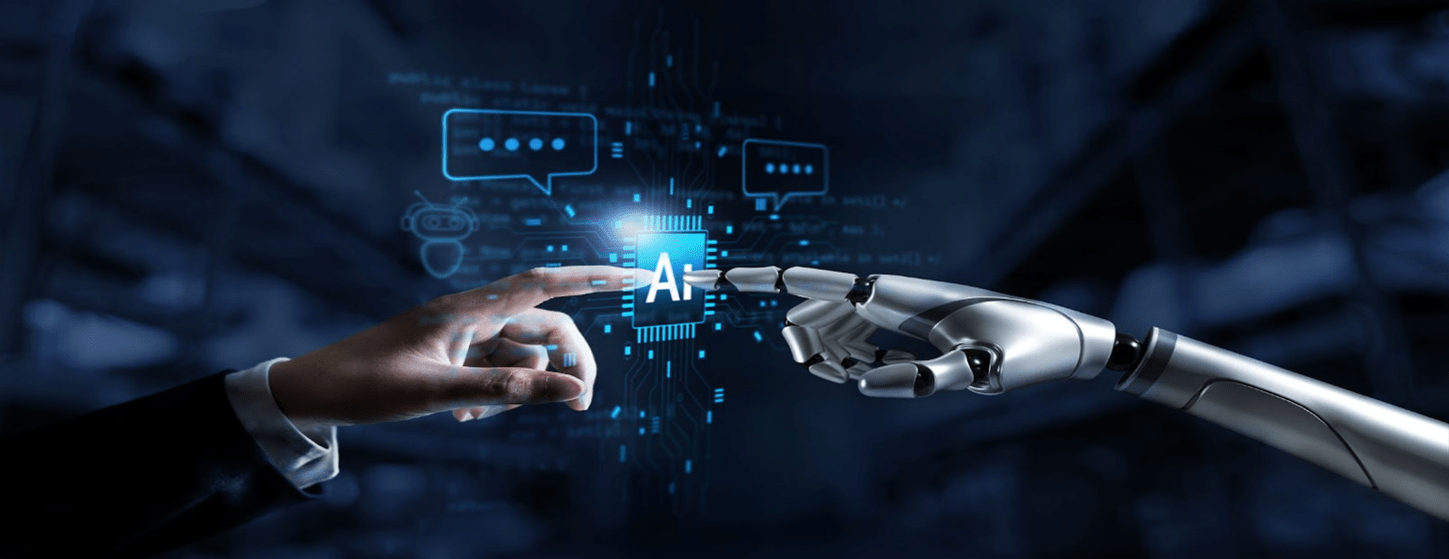
The Empathy-Speed paradox in Design Thinking
Design thinking has always been human-first. It’s rooted in empathy, driven by curiosity, and grounded in solving real problems for real people.
But today, we’re facing a new question:
Can machines help us be more human in how we design?
The rise of AI-assisted prototyping solutions and AI design thinking services suggests yes.
Done right, AI doesn’t replace human-centered design.
It accelerates it. It clears the clutter. It sharpens insights. And it helps us prototype faster, without losing touch with the people we’re building for.
Where traditional Design thinking slows down:

Design thinking has five stages: empathize, define, ideate, prototype, and test. It’s effective, but it can be time intensive.
- Research takes weeks.
- Wireframes and mock-ups drain design bandwidth.
- Feedback loops are slow and siloed.
- And by the time prototypes are ready, user needs might’ve shifted.
For startups and product teams moving at the speed of software, this creates tension. That’s where AI-assisted design thinking comes in.
How AI Speeds Accelerates, Without Skipping Human in the loop:
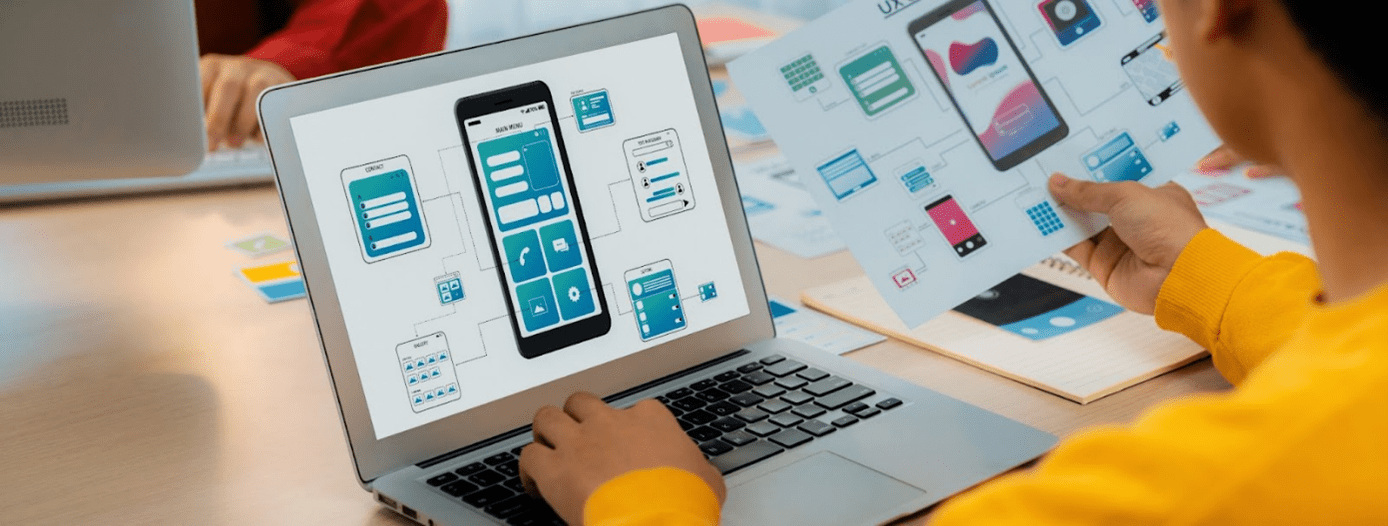
- AI-Assisted Wireframing
Tools like Uizard, Galileo AI, and Figma plugins can turn text prompts or sketches into interactive wireframes. Designers go from idea to visual in minutes, not hours.
- Rapid User Persona Generation
AI tools analyze user data (behavioral, demographic, feedback) to suggest persona clusters. This helps teams get aligned on who they’re designing for, faster.
- Empathy-Driven AI Design
Sentiment analysis and NLP can interpret interview transcripts, reviews, or call recordings, surfacing pain points and emotional drivers that traditional synthesis might miss.
- AI UX Prototyping
AI can recommend layout patterns, suggest accessibility improvements, or simulate user flows before writing a single line of code.
- Cognitive Computing in Design
By recognizing behavioral patterns, cognitive AI models help tailor interfaces to different user mindsets, personalizing without stereotyping.
This isn't about automation for the sake of it.
It's about using AI to do the busywork, so designers and product teams can stay in the zone of insight and empathy.
Case Study: Healthcare startup prototype in 4 days:

One of our clients, a healthcare startup, needed to validate a new digital experience for chronic care patients.
Normally, building the first clickable prototype would’ve taken 2–3 weeks.
Instead, we used a mix of AI design prototyping tools and real-time sentiment analytics from support calls to:
Generate patient personas in a day.
Auto-create wireframe layouts using prompts like “make scheduling feel like a conversation.”
Run AI-powered usability simulations before the first user interview.
The result?
A working prototype in 4 days. And better yet, the feedback focused on how intuitive it felt, not what was broken.
That’s human centered design with AI in action.
But Does Speed Kill Empathy:

It’s a fair concern. Design thinking is about listening. It’s about immersion, not instant output.
But AI, when used wisely, doesn’t speed past empathy.
It helps us zoom in on it, faster.
Instead of sifting through dozens of transcripts, we get emotion-tagged highlights.
Instead of guessing at patterns, we see heatmaps and journey friction in seconds.
Instead of generic templates, AI tools learn our tone, our audience, and our domain.
The trick is this: don’t use AI to generate answers. Use it to surface better questions.
That’s where true innovation starts.
Who’s Leading This Shift?
Across the US, we’re seeing AI design services evolve beyond visual polish and into experience architecture:
- AI-powered product design services are enabling lean startups to test more ideas with fewer resources.
- AI UX consulting USA firms are pairing generative AI with behavioral science to predict drop-offs and improve user satisfaction.
AI design automation platforms are integrating with prototyping tools to reduce iteration cycles by over 50%. And as a result, prototyping solutions in the USA are becoming more inclusive, more context-aware, and more scalable.
Getting Started - Human led, AI enhanced:

If you're exploring AI-assisted design thinking in your team, start here:
- Begin with real user pain, not AI features
Let the human problem lead, and let AI assist.
- Use AI for acceleration, not authorship
AI should suggest, not decide. Your team’s judgment still leads.
- Test small, iterate fast
Don’t aim for full automation. Start with wireframes, layouts, or usability feedback loops.
Keep ethics and bias in check
Train your tools with diverse data. Stay aware of who’s excluded, and why.
Final Thought: Empathy Isn’t Slowness, It’s Sharpness
The future of design isn’t either-or. It’s not human or machine. It’s human-led, AI-enhanced.
With the right tools and mindset, AI-assisted prototyping solutions can unlock a new kind of velocity: fast, but thoughtful. Scalable, but personal. Intelligent, but empathetic
And that’s not just a better way to design. It’s a better way to build products that matter.
Looking to bring AI into your design thinking process without losing your human edge?
Let’s connect: www.waiin.com
Discover More
